A simple gadget with serious benefits. We fitted the Chigee G3 Tire Pressure Monitor to an MT-25 and found tire pressure and temperature data that actually changes how we ride.
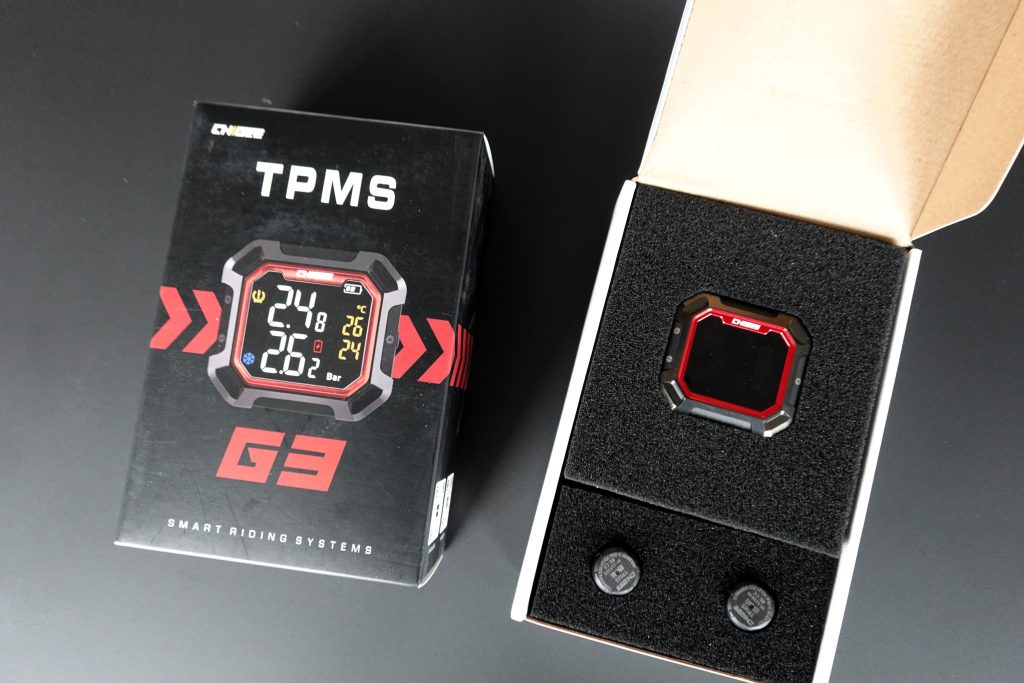
Subscribe to our Instagram Channel for instant news & updates!
Chigee’s G3 Tire Pressure Monitor arrived at the office and I was curious from the first moment I held it. It looks solid rather than toy-like, with a boxy, G-Shock-style face and a metal feel that suits a bike cockpit. Over the past few months I’ve been using the red-coloured unit on a daily-used Yamaha MT-25 and the little device quietly became one of those accessories I can’t imagine riding without.
If you ride in Malaysia you probably know how little attention tire pressure usually gets. Most riders top up at the petrol station when the tire looks soft or when the bike feels odd, and for smaller capacity bikes a factory TPMS is still rare. That’s exactly why a standalone TPMS can make sense. A tire is the only part of the bike that actually touches the road, and the number of times I’ve heard riders shrug off tyre pressure as “not important” convinced me to give the Chigee G3 a proper try, not as a gimmick.
Why Tyre Pressure Matters? Even in World Championship
To understand how important tire pressure really is, just look at MotoGP. The world’s top riders can lose podiums over it. Remember early in the 2025 season, when Maverick Viñales was handed a 16-second penalty at the Qatar MotoGP? He was demoted from second place to 14th, all because his front tire pressure fell below the minimum limit.
In MotoGP, tyre pressure rules are strict. Riders must maintain a minimum pressure for at least 60% of the race distance (or 30% in sprints). If a bike spends less than that time above the required pressure, the team gets penalized, often with time added post-race. It shows how critical accurate monitoring is, even at the world’s highest level. So, if it’s that vital for professionals, why wouldn’t we take it seriously for our own rides?

What’s in the Box & Installation
- Chigee G3 display unit (magnetic pogo-pin charger on the back)
- Two external valve sensors (front and rear)
- Two anti-theft locking bolts for the sensors
- Magnetic charging cable
- Metal cable ties and plastic clips for routing
- Two GoPro-style mounts and 3M adhesive pads for quick mounting
- Soft plastic strip for handlebar/tank protection
- Small installation tools (screwdriver / wrench)
Out of the box, the G3 feels neat and solid. The unit features a large TFT screen framed by an aluminium alloy CNC shell, with three physical buttons that are easy to operate even with gloves. Charging is done via the magnetic pogo pin connector, similar to what many smartwatches use. I could say Chigee ships everything you need to mount this device on almost any bike, from an underbone kapchai to a big sportbike or even cruiser.
Installation on the Yamaha MT-25 was quick and straightforward. I used the GoPro-style mount with the included 3M tape on the tank cover and the soft strip for protection. The external sensors went on the front and rear tyres easily.
Pairing is simple: hold the “+” and “–” buttons together for a few seconds to enter pairing mode, screw on the first sensor until the unit beeps, then do the same for the second. Setting the alert thresholds is done with the “Set” button, and exiting setup takes just a long press or 60 seconds of inactivity. The whole process took less than five minutes, which is perfect for riders who want a quick upgrade without a workshop visit.

Chigee G3 Tire Pressure Monitor Performances
On the road the display is easy to read. The screen has three brightness levels and I kept it on the middle setting during daytime rides because it was clear enough without being too bright at night. The monitor wakes from standby with a small movement or a tap, so it does not sit blank when you need it. The sensors report both pressure and temperature with surprisingly solid accuracy.
After several weeks of commuting and twisting rides up Genting, I saw no weird jumps or flaky readings. Battery life has also been impressive. The unit’s 600 mAh cell and low-power design mean the monitor has lasted well across our test period and the external sensors also claim long life. Chigee rates the G3 for long standby times and extended active endurance, and that seems to hold up in daily use.
Weather was never a worry. The G3 carries an IP67 rating and the unit kept working through Malaysian heat and torrential showers. There’s no point in having a sensitive monitor if it fails at the first downpour, and this one took wet roads and hot afternoons in stride. The screen never fogged and touch and buttons stayed responsive.
Where the G3 turned out to be genuinely useful was tire temperature. Before this I would simply check by hand if a tire felt warm, which is a crude and unreliable method. The monitor gives real numbers and that makes a difference. On a twisty run where I was pushing the bike harder, I could see pressure and temperature rise and adjust my riding and tire pressure between runs. Warmer tires mean more grip but also different pressure behaviour. Having that data is particularly handy when you switch tire compounds or when you do frequent twisty sessions like the Genting routes.
And yes, even if you occasionally do a cheeky wheelie or two, the readings stay consistent. The sensors didn’t lose signal or go crazy mid-lift, which says a lot about how stable the system is, even when the front wheel is off the ground for a moment.
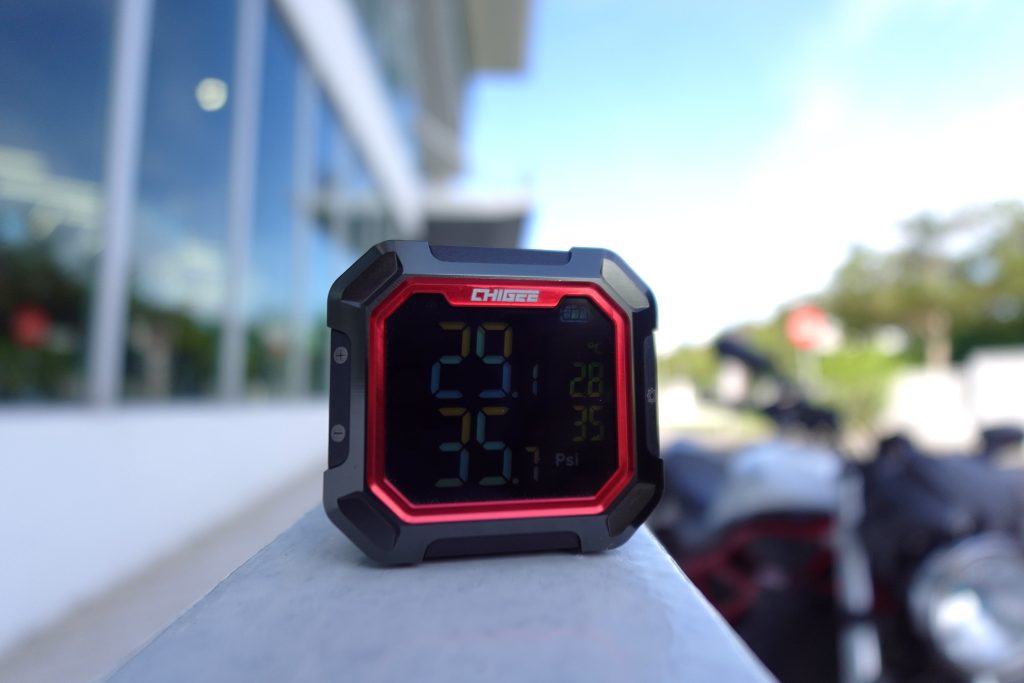
The Verdicts
There are practical caveats worth mentioning. The price sits at RM672.00, which some riders will feel is a lot for what seems like a small gadget. There are cheaper TPMS products, but in my time with the G3 it felt like you were paying for build quality, reliable sensors and a proper user experience that will survive daily use. If you plan to swap the system between multiple bikes, the included mounts and GoPro style adapters make that easier than you might expect, and aftermarket quick-release ideas mean the G3 is flexible enough for multi-bike owners.
Also worth noting, the external valve sensor caps on both tyres need a spanner to remove. It can be a bit of a hassle since you’ll need to spend a moment unlocking them and carry the small tool with you on the bike, probably tucked inside your tool kit. Still, it’s a small trade-off for safety and security. The extra step keeps the sensors tight and secure, and after a while, it just becomes part of the routine.
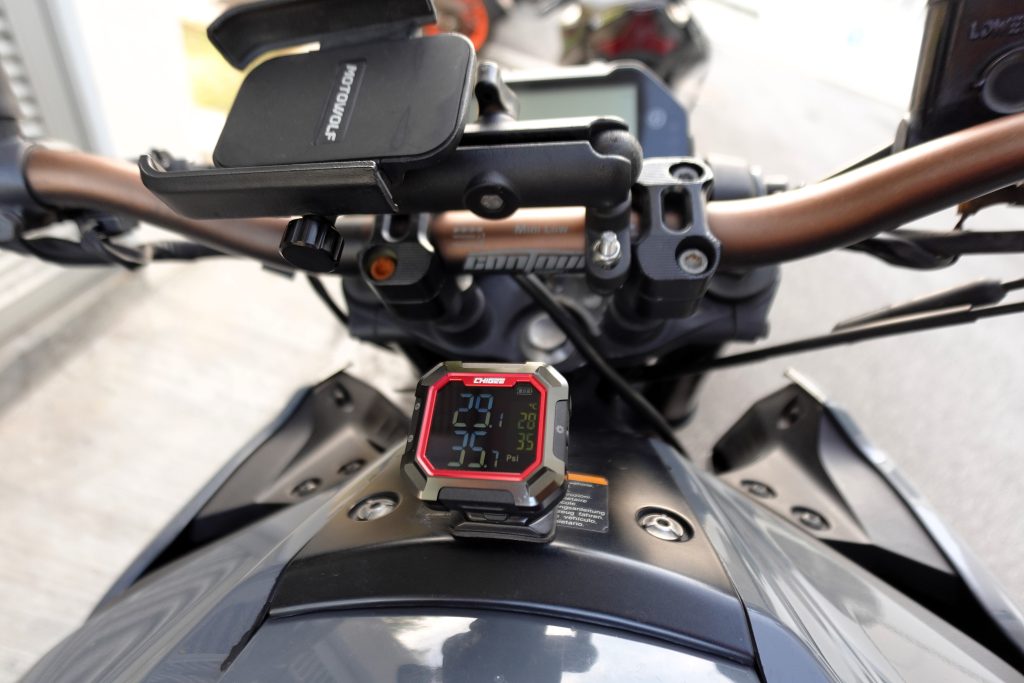
In short, I found the Chigee G3 to be a practical, well-built TPMS that adds real value to normal riding and spirited outings alike. It won’t make your bike faster, but it will give you confidence and better information so you can ride smarter and safer. For riders who care about tyre health and want a simple way to monitor pressure and temperature on the fly, the G3 is an accessory I’d recommend considering.
Big thanks to Chigee for sending over the G3 for our testing. I’ll keep logging longer term reliability and battery endurance, and I’ll report back if anything noteworthy pops up after extended use.





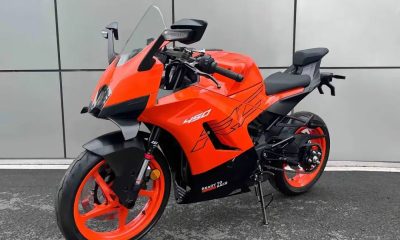

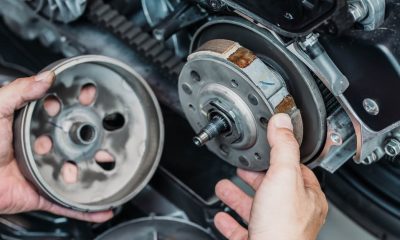



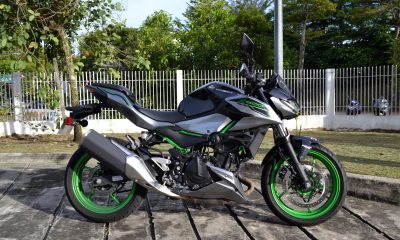

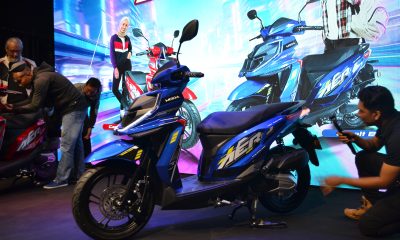
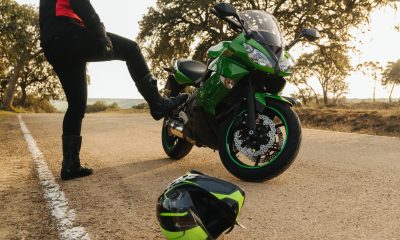
















Facebook
Instagram
X (Twitter)
YouTube
LinkedIn
RSS